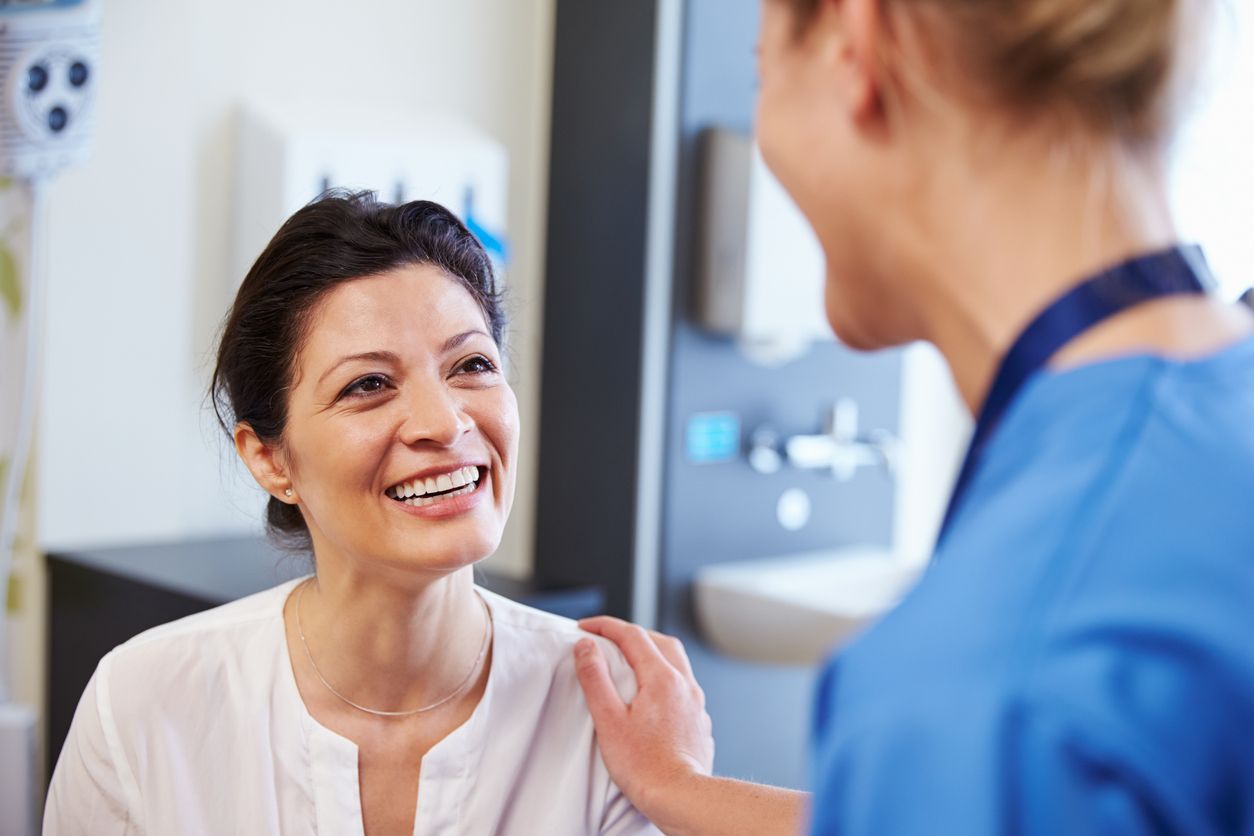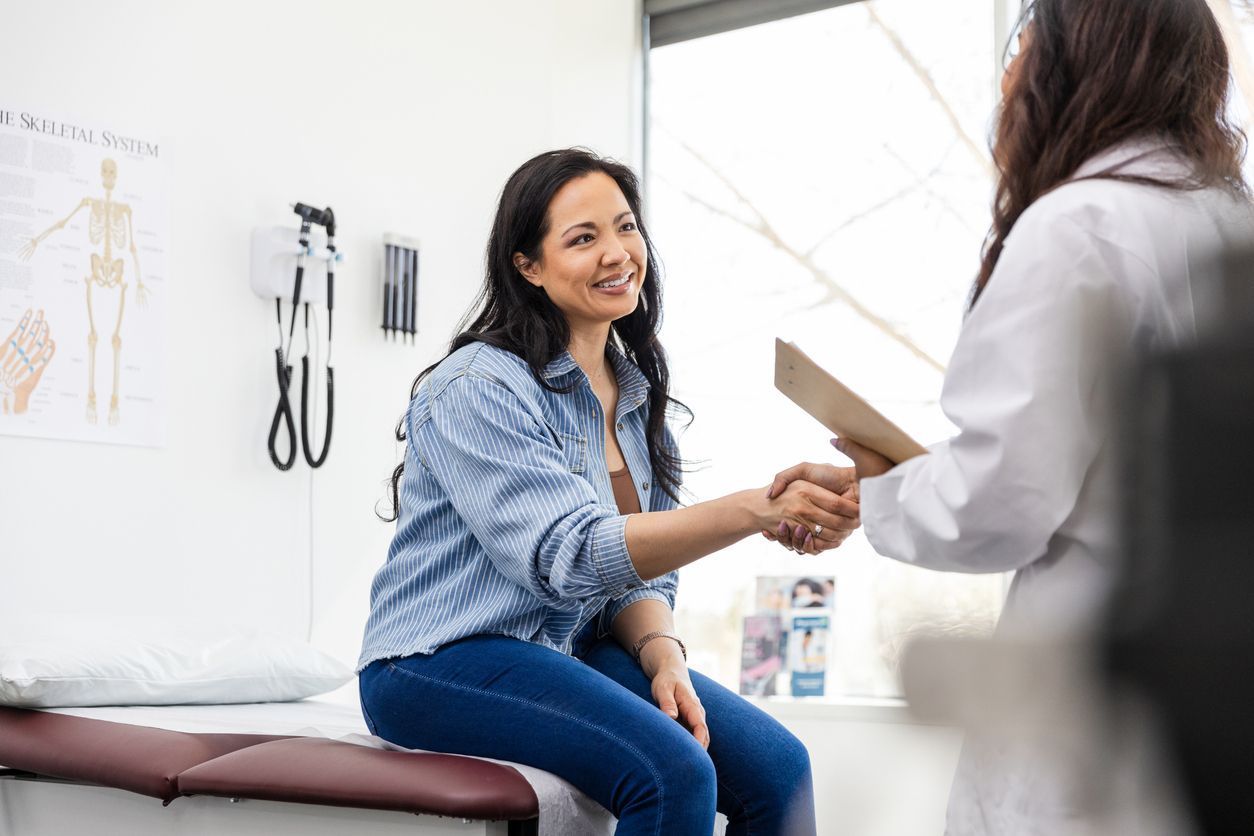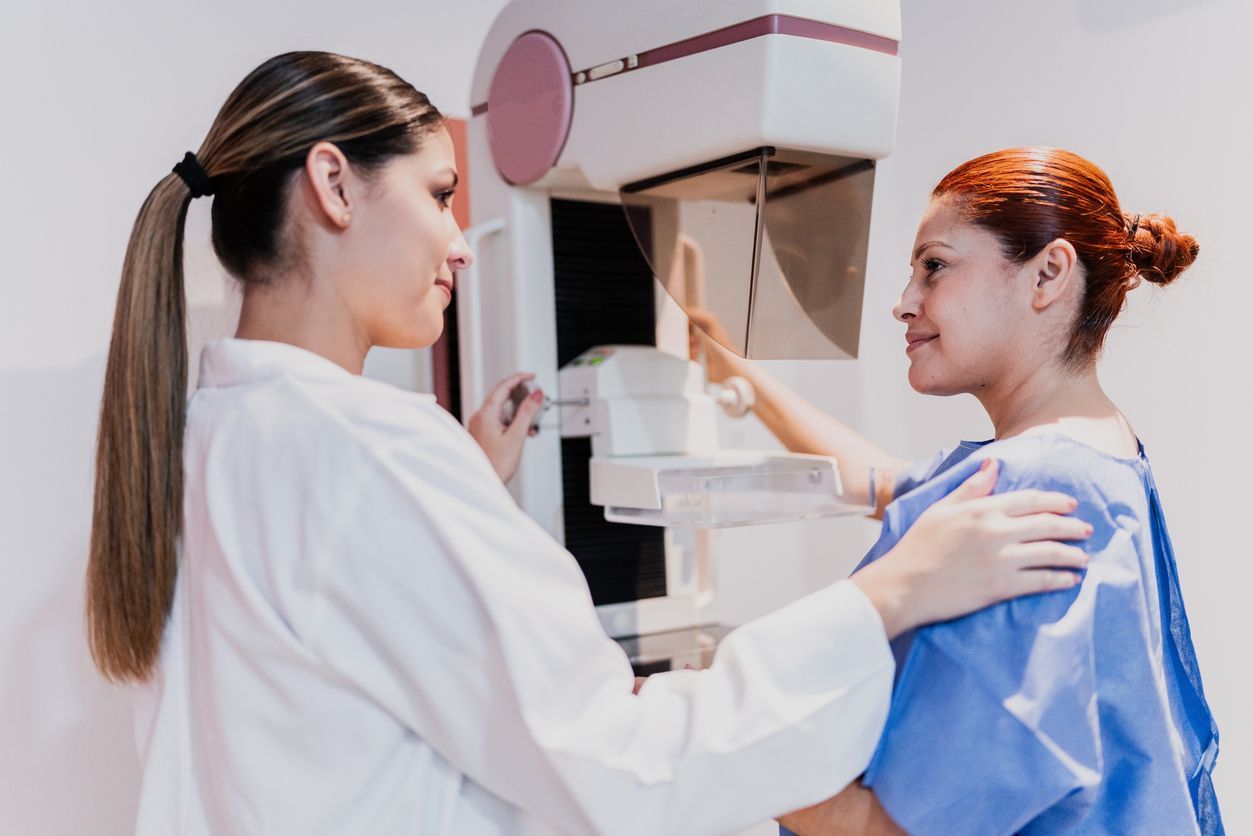Strategies To Reduce Breast Cancer Risk Using a Functional Medicine Approach
Breast cancer is a prevalent concern among women and. justifiably so, as it affects millions of women worldwide. Women living in the United States have a 13% risk of developing breast cancer over their lifetime. However, we can reduce our risk of breast cancer by taking a proactive approach to our health and adopting preventative lifestyle measures. Functional medicine is evidenced-based medicine that focuses on preventative health and prioritizes identifying the root causes of disease. By focusing on reducing our risk factors and optimizing our health through lifestyle modifications, functional medicine empowers individuals to learn about their bodies and naturally take control of their health.
From a functional medicine approach, there are several key hormones that are essential to balance when focusing on reducing disease, such as breast cancer. Insulin is a hormone that is released anytime food is consumed but it increases particularly with sugar intake. When insulin levels become elevated, such as in a high carbohydrate diet, inflammation increases which creates an ideal environment to promote the growth of cancer cells. High insulin levels also promote higher estrogen levels which is a known risk factor for breast cancer. We can balance both insulin and estrogen levels through nutrition and lifestyle measures.
Nutrition
A nutrient-dense whole food diet helps to naturally control our insulin and estrogen levels. Specifically, cruciferous vegetables such as broccoli, cauliflower, bok choy, kale, watercress and brussel sprouts naturally support estrogen metabolism. These foods contain compounds including sulforaphane, indole 3 carbinol and diindolylmethane (DIM) which play a role in estrogen metabolism and assist the liver with estrogen balance.
Eating a whole food diet also promotes high fiber intake which is essential for estrogen excretion and maintaining a healthy gut. Additionally, the liver plays a vital role in estrogen metabolism. Foods that support the liver include artichokes, beets, dandelion greens, and turmeric. Finally, staying hydrated with clean, filtered water regularly throughout the day has many health-promoting benefits.
Gut Health
Within the gut, we have 100 trillion microbes that serve many different functions including influencing cancer genes and our immune system. Maintaining a healthy and balanced gut microbiome promotes optimal estrogen metabolism and elimination through the urine and stool so that estrogen does not hang out in the bloodstream longer than it needs to. Prebiotic foods such as garlic, onion, leeks, and artichoke feed the “good” bacteria within the gut. Additionally, foods like yogurt, sauerkraut, and kimchi serve as probiotic-rich foods that help to maintain a healthy gut and reduce inflammation.
Reduce Exposure To Environmental Toxins
It’s important to be mindful of our environment to minimize exposure to endocrine-disrupting chemicals which are known to mimic our endogenous hormones, or the hormones we make, such as estrogen. We can reduce our exposure to chemicals by choosing organic foods when possible, using filtered water, and utilizing glass or stainless steel containers. Choosing nontoxic makeup, personal care and cleaning products should also be prioritized. The Environmental Working Group website is a great resource for identifying safer products for consumption.
We can support our body’s natural detox pathways through regular aerobic exercise which facilitates excretion of toxins through our sweat, urine and stool. Regular infrared sauna sessions have also shown beneficial in promoting excretion of toxins.
Stress Management
Chronic stress promotes inflammation and inflammation promotes disease. Practicing stress management techniques and mindfulness such as deep breathing exercises, yoga, meditation, gratitude journaling are great ways to reduce stress levels. Stress is part of our daily lives and so the goal is not to remove stress but rather to embrace coping mechanisms to utilize daily and specifically after periods of stress so that we can regulate our nervous system.
Other Lifestyle Factors
Several other lifestyle factors such as avoiding smoking, limiting alcohol intake, maintaining an ideal body weight and getting deep quality sleep for at least 7-8 hours a night have consistently demonstrated in the literature to reduce the risk of breast cancer.
Summary
Reducing the risk of breast cancer requires a holistic and comprehensive approach that goes beyond what conventional medicine alone can offer. By adopting a proactive approach using functional medicine concepts, you can not only reduce your personal risk factors but you will build confidence in your body’s innate protective mechanisms. Implementing sustainable life changes can help to naturally promote hormonal balance and contribute to achieving optimal health. It’s about arming yourself with knowledge so that you can make informed decisions on how to best support your body.
By working with a functional medicine practitioner, you will identify areas of imbalances within your body and within your environment so that you can create a personalized plan to achieve your optimal wellness. In functional medicine, there are several lab markers and testing options we can consider to appropriately target nutritional, inflammatory and metabolic imbalances to reduce the risk of breast cancer.













